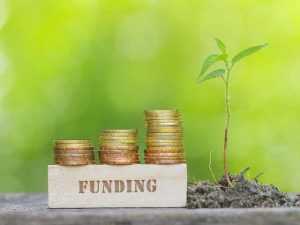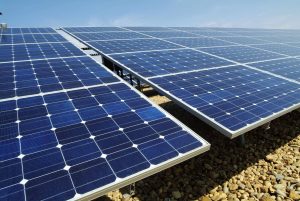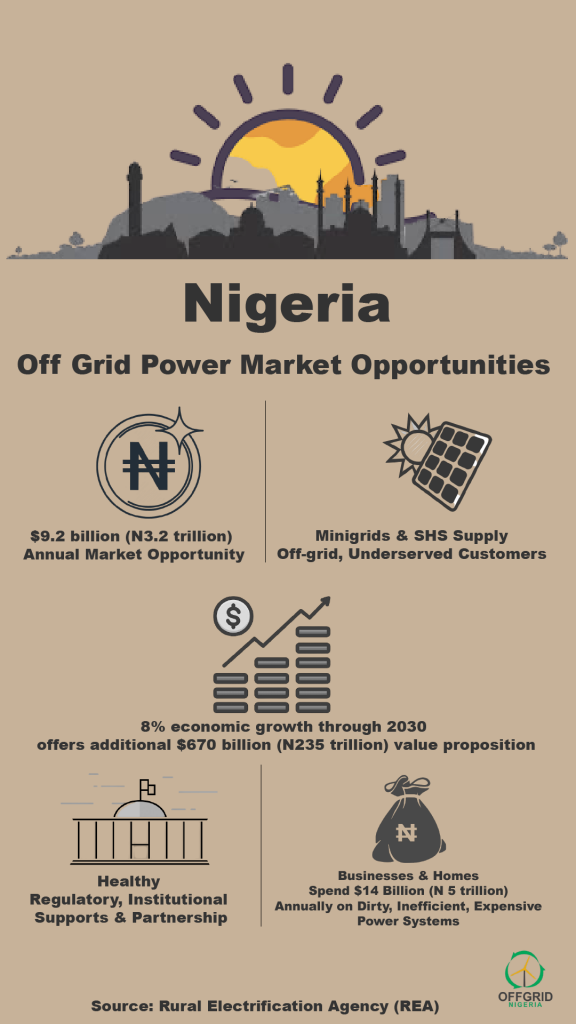Limiting global warming to 1.5 degrees would require rapid, far-reaching and unprecedented changes in all aspects of society, the Intergovernmental Panel on Climate Change (IPCC) has said in a new assessment.
IPCC in a Special Report on Global Warming of 1.5 degrees (SR15) said with clear benefits to people and natural ecosystems, limiting global warming to 1.5 degrees compared to 2ºC could go hand in hand with ensuring a more sustainable and equitable society.
According to the dramatic report on keeping global warming under 1.5 degrees under watch, the world is now completely off track, and heading instead towards 3 degrees.
Approved by the IPCC on Saturday in Incheon, Republic of Korea, and will be a key scientific input into the Katowice Climate Change Conference in Poland in December, when governments review the Paris Agreement to tackle climate change, the report stated that the global net human-caused emissions of carbon dioxide (CO2) would need to fall by about 45 per cent from 2010 levels by 2030, reaching ‘net zero’ around 2050.
According to it, this means that any remaining emissions would need to be balanced by removing CO2 from the air. Nigeria is currently in a tough situation with flooding linked to climate change impacts.
“With more than 6,000 scientific references cited and the dedicated contribution of thousands of expert and government reviewers worldwide, this important report testifies to the breadth and policy relevance of the IPCC,” said Hoesung Lee, Chair of the IPCC in a statement OGN obtained.
IPCC explained that 91 authors and review editors from 40 countries prepared the report in response to an invitation from the United Nations Framework Convention on Climate Change (UNFCCC) when it adopted the Paris Agreement in 2015.
Content of report
In the context of strengthening the global response to the threat of climate change, sustainable development, and efforts to eradicate poverty, Panmao Zhai, Co-Chair of IPCC Working Group I noted: “One of the key messages that comes out very strongly from this report is that we are already seeing the consequences of 1°C of global warming through more extreme weather, rising sea levels and diminishing Arctic sea ice, among other changes.”
The report highlighted a number of climate change impacts that could be avoided by limiting global warming to 1.5ºC compared to 2ºC, or more.
For instance it stated that by 2100, global sea level rise would be 10cm lower with global warming of 1.5°C compared with 2°C.
It said the likelihood of an Arctic Ocean free of sea ice in summer would be once per century with global warming of 1.5°C, compared with at least once per decade with 2°C. Coral reefs would decline by 70 to 90 per cent with global warming of 1.5°C.
“Every extra bit of warming matters, especially since warming of 1.5ºC or higher increases the risk associated with long-lasting or irreversible changes, such as the loss of some ecosystems,” said Hans-Otto Pörtner, Co-Chair of IPCC Working Group II.
Pörtner, added that limiting global warming would also give people and ecosystems more room to adapt and remain below relevant risk thresholds.
What needs to be done?
The report also examines pathways available to limit warming to 1.5ºC, what it would take to achieve them and what the consequences could be.
It noted that there must be rapid and significant changes in four big global systems which include energy; land use; cities; and industry, adding however that the world cannot meet its target without changes by individuals.
It urged people to buy less meat, milk, cheese and butter and more locally sourced seasonal food – and throw less of it away; drive electric cars but walk or cycle short distances; take trains and buses instead of planes; use videoconferencing instead of business travel; use a washing line instead of a tumble dryer; insulate homes; and demand low carbon in every consumer product.
“The good news is that some of the kinds of actions that would be needed to limit global warming to 1.5ºC are already underway around the world, but they would need to accelerate,” said Valerie Masson-Delmotte, Co-Chair of Working Group I.
Continuing, it found that allowing the global temperature to temporarily exceed or ‘overshoot’ 1.5ºC would mean a greater reliance on techniques that remove CO2 from the air to return global temperature to below 1.5ºC by 2100, adding that the effectiveness of such techniques are unproven at large scale and some may carry significant risks for sustainable development.
Priyardarshi Shukla, Co-Chair of IPCC Working Group III also said: “Limiting global warming to 1.5°C compared with 2°C would reduce challenging impacts on ecosystems, human health and well-being, making it easier to achieve the United Nations Sustainable Development Goals.”
“The decisions we make today are critical in ensuring a safe and sustainable world for everyone, both now and in the future, said Debra Roberts, Co-Chair of IPCC Working Group II, who added: “This report gives policymakers and practitioners the information they need to make decisions that tackle climate change while considering local context and people’s needs. The next few years are probably the most important in our history.”
The report was prepared under the scientific leadership of all three IPCC working groups. Working Group I assesses the physical science basis of climate change; Working Group II addresses impacts, adaptation and vulnerability; and Working Group III deals with the mitigation of climate change.
On the other hand, the Paris Agreement adopted by 195 nations at the 21st Conference of the Parties to the UNFCCC in December 2015 included the aim of strengthening the global response to the threat of climate change by, “holding the increase in the global average temperature to well below 2°C above preindustrial levels and pursuing efforts to limit the temperature increase to 1.5°C above pre-industrial levels.”
Steps to 1.5 degree
From the report, global emissions of CO2 need to decline by 45 per cent from 2010 levels by 2030, and this can be achieved using renewable energy which are estimated to provide up to 85% of global electricity by 2050.
Also, coal is expected to reduce to close to zero, while up to seven million square kilometres of land will be needed for energy crops, and global net zero emissions by 2050. But these will not come cheap as the report indicated that it will require annual average investment needs in the energy system of around $2.4 trillion between 2016 and 2035.





